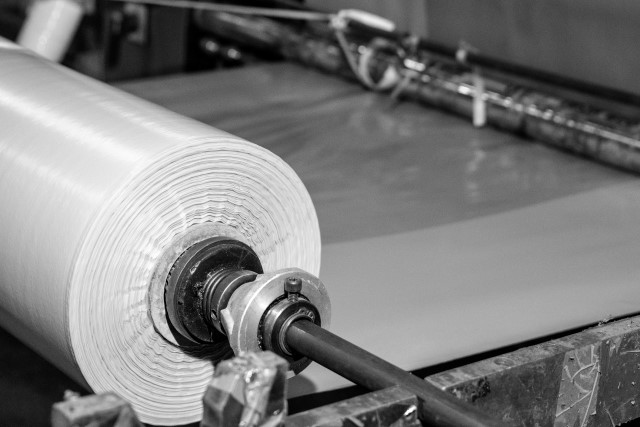How Does Conductive Plastic Film Work?
Plastic has always been valued for its lightweight nature, durability, and incredible versatility. Yet, its inherent property as an electrical insulator has historically placed limits on its use in electronic applications.
Imagine a world where the very material keeping wires safe could also carry an electrical signal – transparently and flexibly. This is no longer a futuristic concept; it’s the reality enabled by conductive plastic film, a core specialty at ITO Plastic.

Making Plastic Conductive
At its fundamental level, plastic’s molecular structure lacks free electrons, making it an ideal electrical barrier. To make it conductive without sacrificing its transparency or flexibility, a highly advanced solution is required: Indium Tin Oxide (ITO).
ITO is a unique compound classified as a Transparent Conductive Oxide (TCO). As the name suggests, it offers two seemingly contradictory traits: it is both highly transparent to visible light and also an effective electrical conductor. This means we can apply it to a plastic substrate without obscuring the material beneath, while simultaneously creating a pathway for electricity.
The process involves precision engineering. At ITO Plastic, we meticulously apply a microscopically thin layer of ITO onto various high-quality plastic films, such as PET (polyethylene terephthalate) or polycarbonate. This is achieved through sophisticated vacuum deposition techniques like magnetron sputtering, where ITO is vaporised and deposited atom by atom onto the plastic.
This process essentially gives the plastic an “invisible skin” that can carry an electrical current. The underlying plastic remains an insulator, but its surface is now a controlled, conductive pathway, precisely engineered to meet specific resistance and transparency requirements.
Why Conductive Plastic Film is a Game-Changer for Design
The ability to integrate electrical conductivity with plastic’s natural attributes unlocks unparalleled design freedom and functional advantages:
- Ultimate Flexibility and Formability: This is perhaps the biggest differentiator. Unlike rigid glass or metal conductors, conductive plastic film can be bent, rolled, folded, and even thermoformed into complex, curved shapes. This is vital for wearable devices, flexible displays, and ergonomic control panels.
- Lightweight Solutions: Conductive plastic films are significantly lighter than their glass counterparts. This contributes to more portable devices, reduced shipping costs, and improved fuel efficiency in automotive and aerospace applications.
- Optical Clarity for Visuals: Despite its electrical function, the ITO layer ensures the film remains highly transparent, allowing for vibrant, clear displays and unimpeded views.
- EMI Shielding & Anti-Static Properties: The conductive ITO layer can serve a dual purpose: shielding sensitive electronics from electromagnetic interference (EMI) and preventing the build-up of static electricity, protecting components and reducing dust attraction.
- Integrated Heating Capabilities: By passing a controlled current through the ITO layer, it can generate heat. This enables innovative applications like transparent heated windows that prevent fogging or de-icing on flexible plastic surfaces.
Powering Tomorrow’s Innovations
The applications for conductive plastic film are incredibly diverse, leveraging its unique combination of properties:
- Flexible & Foldable Displays: The foundational material for next-generation smartphones, tablets, and wearable displays that can literally bend and roll.
- Interactive Surfaces: Enabling touch sensors for appliances, automotive interiors, and medical devices where sleek, durable, and sometimes curved interfaces are required.
- Wearable Technology: Integrating flexible circuits and sensors directly into clothing, health patches, and smart accessories.
- Transparent Heaters: Used in visors, vehicle windows, and outdoor displays to ensure clarity in cold or humid conditions.
- EMI Shielding Windows: Providing clear viewing panels for sensitive electronic enclosures that require protection from interference.
By working with us, you can harness the full potential of plastic that conducts electricity, bringing your most innovative and flexible product visions to life.